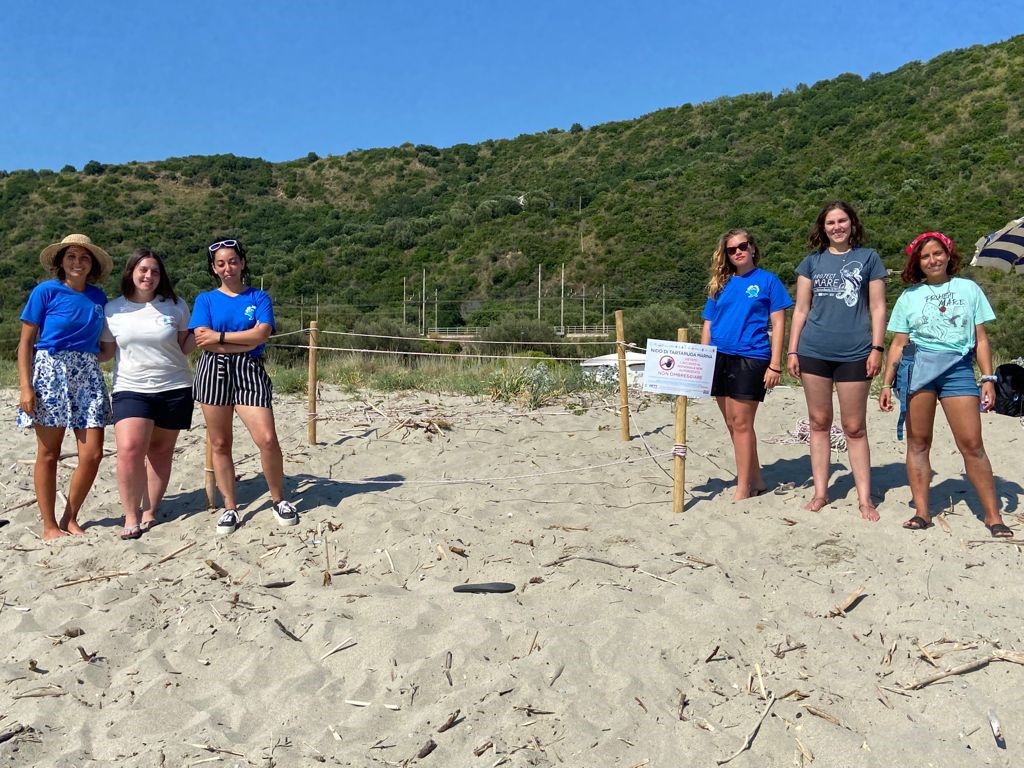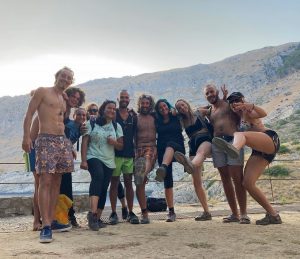Updated on August 27, 2022
Mafaldas Cilento experience
This year we started on the 15th of June, because from the records of last year, the first nest that was spotted in Cilento was approximately on the 12th.
Finally the day arrived, I was feeling excited to go to a different kind of environment, meet new people and give my best contribution to the Caretta caretta monitoring. I was not sure what to expect and I was also thinking how it would feel to leave Massa Lubrense and my mates from Project M.A.R.E. for a whole week..
Before my departure, our project coordinator gave us a heads up on where exactly was the area of Cilento and how many sandy beaches in englobes, but I had no idea that the coastline was so extensive as 100 km. Cilento is a province of Campania located on the Tyrrhenian sea, from the ancient greek city- Paestum to the gulf of Policastro. Since i was chosen to be the first one to go, I couldn’t imagine how it would be, how to get there, where we will sleep, what kind of activities we will do besides the beach monitoring and so on.

Actually, the way from Massa Lubrense to Camping Le Saline in Palinuro, which was the place I was living for one week, it’s not so complicated- 1 bus and 2 trains to catch.
The moment I arrived, I went straightly to put my things in the tent and went to the beach at 6pm with my friend, the supervisor of the Monitoring in Cilento. I met her during the past 2 months in Massa and we got along pretty nicely, she is also from Portugal and had already participated in Project M.A.R.E edition of 2018. At night we went to the center, to meet some friends from the camping that she made 2 days before I arrived and we had a great time- talking quite a lot in Italian and eating a Singaro (typical pizza shaped in a roll). So, during the first week there were no other volunteers. For 2 days, we were hanging out with them, otherwise it would just be me and my friend.
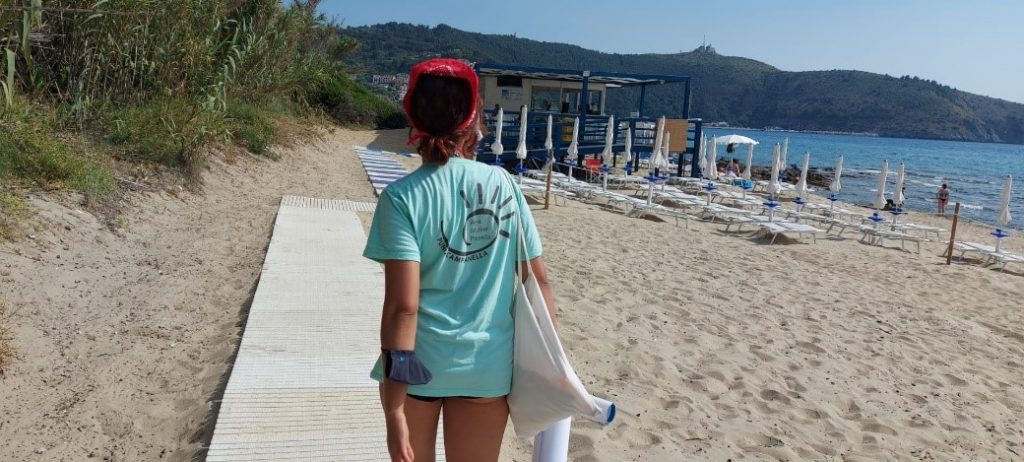
The next day we woke up at 5:30, and got ready to go down to the beach and start our first monitoring to look for the presence and traces of the marine turtle Caretta Caretta. During the whole week we had more or less the same routine, waking up at 5am, going to the beach and do the monitoring till 8am, come back to the camping and have breakfast, rest and go again to give flyers to the beach bars about the marine turtle nesting season and also to enjoy the biodiversity of Palinuro’s beach by snorkeling.
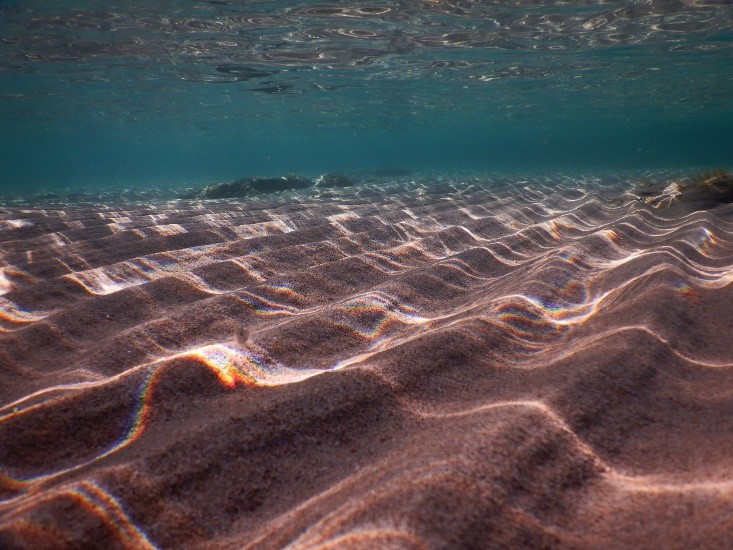
In my experience I didn’t find any nests. I was only monitoring beaches in Palinuro and Marina di Camerota, and we didn’t find any traces for one week, but in the meantime, other volunteers from different organizations were monitoring the beach in Ascea and they found 3 nests almost consecutively.
Depending on the day, we would walk more or less for 6 km in each beach, because from time to time we would need to monitor in Palinuro and then Marina di Camerota taking the electric bike. When they found nests in Ascea after our busy mornings, we would have to go there in a record time, either by bus or a random ride.
The days that the first two nests were found in Ascea, we joined the volunteers that were there guarding the traces and the nest from being stepped on by people on the beach. Once the authorized people to handle protected species arrived, from the Zoological station Anton Dohrn, we began to follow the procedure.
From what i know, we need to restrain the area first of all, then use a mazzarella to check for the density of the sand in different spots of the body pit to find the location of the eggs, then start digging gently with your hands in a way that we don’t damage them, and if we find them, the first one we need to remove from the nest, take out its content and put the Shell in an alcohol-filled tube to preserve the sample for DNA extraction, usually using 96% etanol; measure the distances from the nest to the shoreline, the dunes and possibly other variants; measure the distance from the first egg we found to the Surface, introduce a sensor to monitorize the temperature and cover back again the nest, check the coordinates of the nest and register them; collected a sand sample approximately 50 cm aside from the location of the eggs, and 30 cm Deep, using a sampling tube. Finally we put a squared metal protection with holes above the nest, digging a trench around it and camouflaging it with sand; the last part just consists of restraining the nest with wooden stakes and rope, with a warning board about Caretta caretta nest.
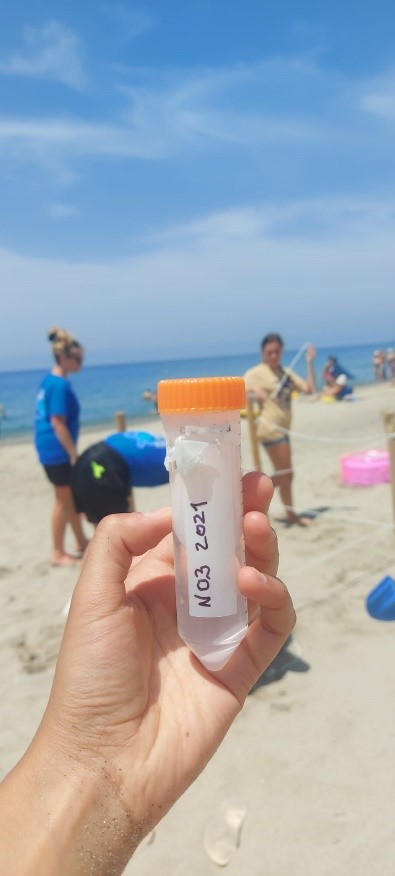
Despite not finding a nest myself I was able to experience the process, meet new people and fall in Love with Cilento during this amazing week.
